Android TV vs. Roku: Which smart TV platform is right for you?
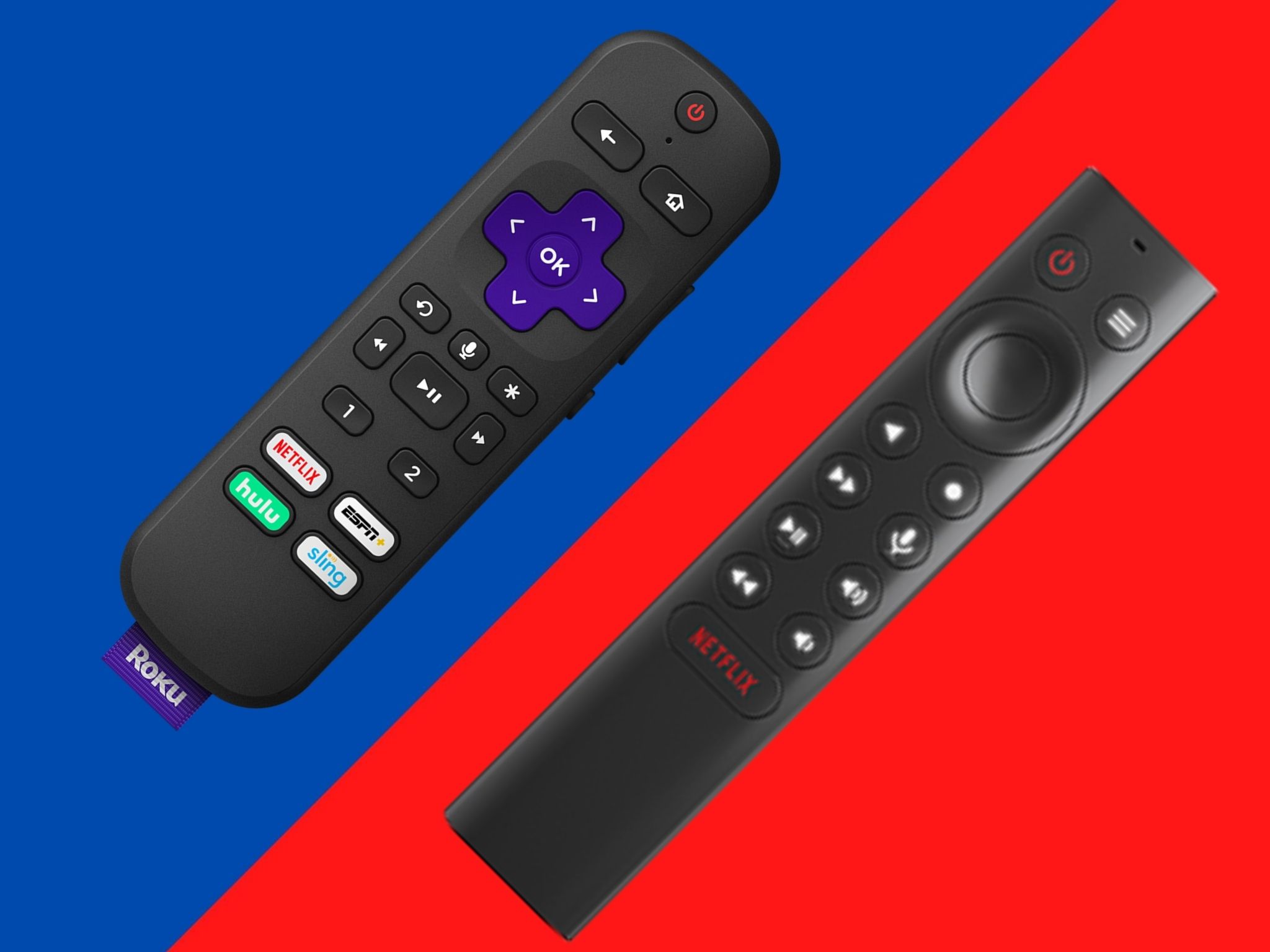
Roku Ultra
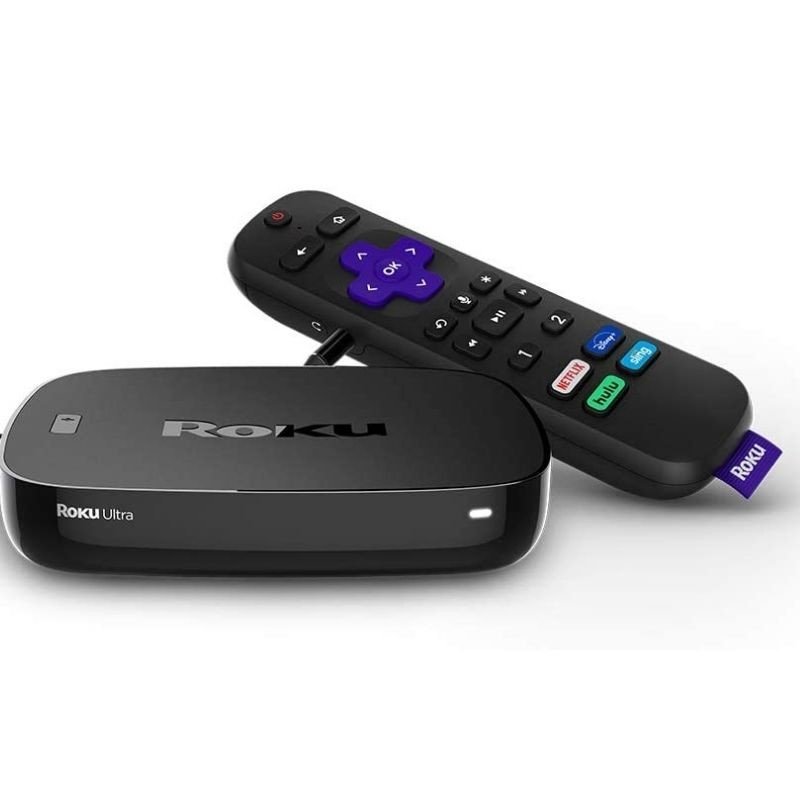
If you're more of a Roku person, the Roku Ultra is the best way to experience the platform. You get 4K HDR streaming, a powerful voice remote, and a bunch more features. If the Ultra is too rich for your blood, Roku sells various cheaper models, too.
Roku Ultra
Best for Roku
NVIDIA Shield TV
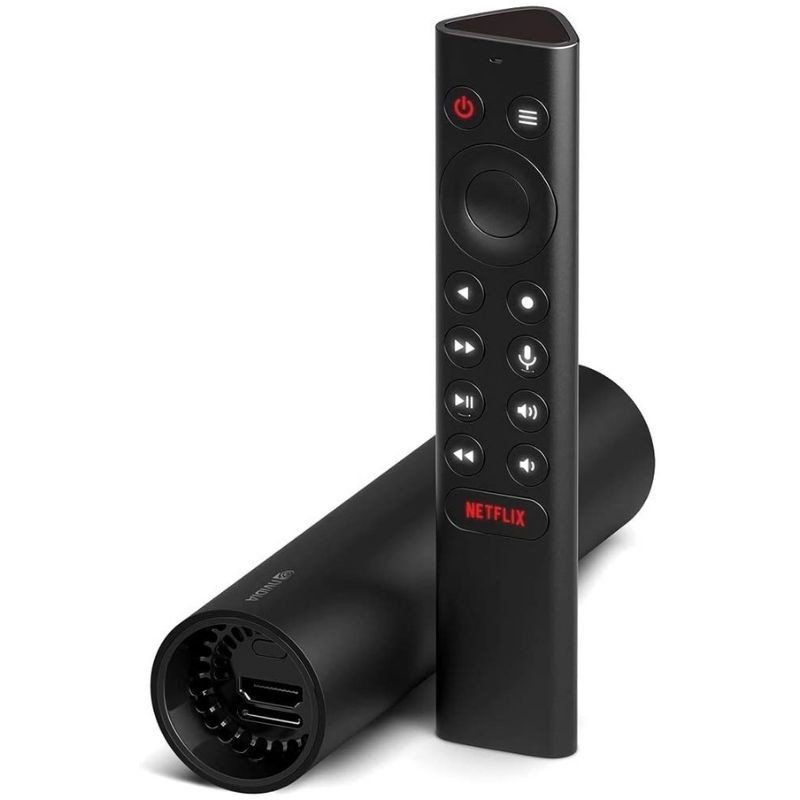
The latest version of the Shield TV was released in 2019, but it's still the best Android TV box you can buy. It runs on Android 9 Pie, supports 4K HDR streaming and Dolby Atmos, and offers fast and smooth performance.
NVIDIA Shield TV
Best for Android TV
Android TV and Roku both set out to do the same general thing, but they vary enough to the point where each platform does a better job at serving certain groups of people. Android TV tends to be a better choice for power users and tinkerers, whereas Roku is simpler to use and more accessible for less tech-savvy individuals. The rest of this article will take a closer look at various aspects of each system to see where each one comes out on top.
Android TV vs. Roku: Hardware availability
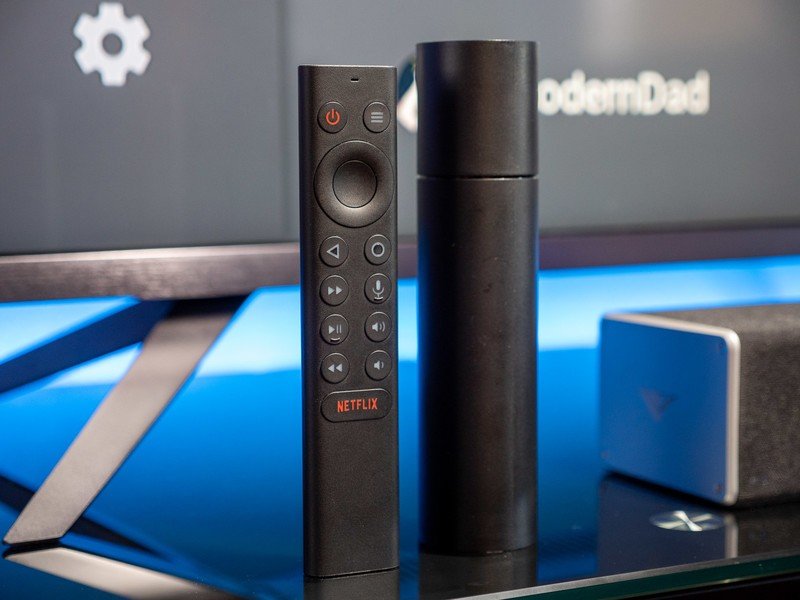
Streaming boxes are the best way to get access to everything Android TV and Roku have to offer without spending hundreds (if not thousands) of dollars on a new television set, and this is one area where Roku pulls an easy win. Roku currently offers a variety of streaming boxes and sticks that range in price from just $30 up to $100, each with its own set of features and limitations.
While there are a small handful of Android TV devices worth checking out, the NVIDIA Shield TV remains the best on the market right now. The Shield TV is a phenomenal streaming box with support for 4K HDR content and a large collection of games, but the higher retail price of $150 can be tough to swallow. The price often fluctuates, allowing you to snag a Shield TV for less, but this is an area where Roku consistently has the upper hand.
NVIDIA also launched the latest version of its NVIDIA Shield TV Pro in 2019. That device keeps the boxier design of previous Shield TV models, which looks similar to a sleek gaming console, and retails for $200. Gamers, in particular, will appreciate that the Shield TV Pro is compatible with Stadia, features double the internal storage at 16GB, a third gigabyte of RAM, and two USB 3.0 ports for expanded storage. It also includes a Plex Media Server and the ability to configure the device as a SmartThings hub for controlling all of your smart home devices.
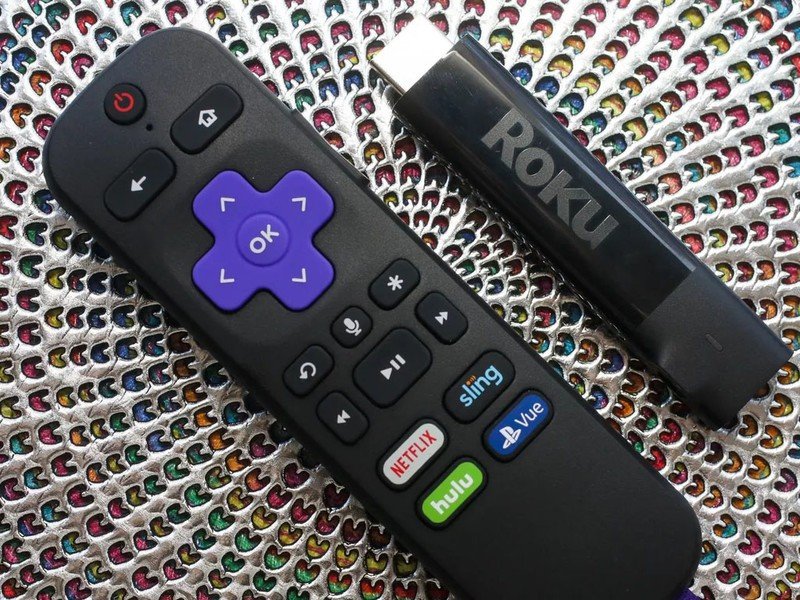
In regard to compatible smart TVs, the story is mostly the same. Companies like TCL, Insignia, Sharp, Hisense, RCA, Hitachi, and others have adopted the Roku platform, which has allowed for a variety of televisions with Roku built-in for just about every buyer. For example, you can go on the low-end and pick up the TCL 32S325. This costs just $200 and comes equipped with a small 32-inch screen and a lower 720p HD resolution. Alternatively, you can splurge for the TCL Class 6-Series and get a QLED 65-inch 4K display with Dolby Vision, HDR, and more for about $1,300.
Get the latest news from Android Central, your trusted companion in the world of Android
Roku has the upper hand with streaming boxes and smart TVs.
While Android TV was previously exclusive to Sony and Sharp televisions, the lineup of Android Smart TVs has expanded over the last couple of years and includes a new 2021 collection of Hisense 4K ULED televisions. Each model in that lineup features a refresh rate of 120Hz and an HDMI 2.1 port. The impressive range of Android TV-enabled smart TVs even includes a Game Mode Pro option, which automatically adjusts to minimize input lag and screen tearing.
Roku is currently a much more popular and well-known platform in the smart TV market, and as such, it's available on a wider variety of devices — whether it be streaming boxes or full-on televisions. It's worth pointing out, however, that Google TV is in the midst of replacing Android TV on boxes, dongles, and smart TVs previously released by Google's Android TV partners. As such, there's a handful of new smart TVs already on the market or being released soon that feature the new Google TV interface. These include the new line of Google TV-enabled Sony Bravia and TCL smart TVs.
Android TV vs. Roku: User interface
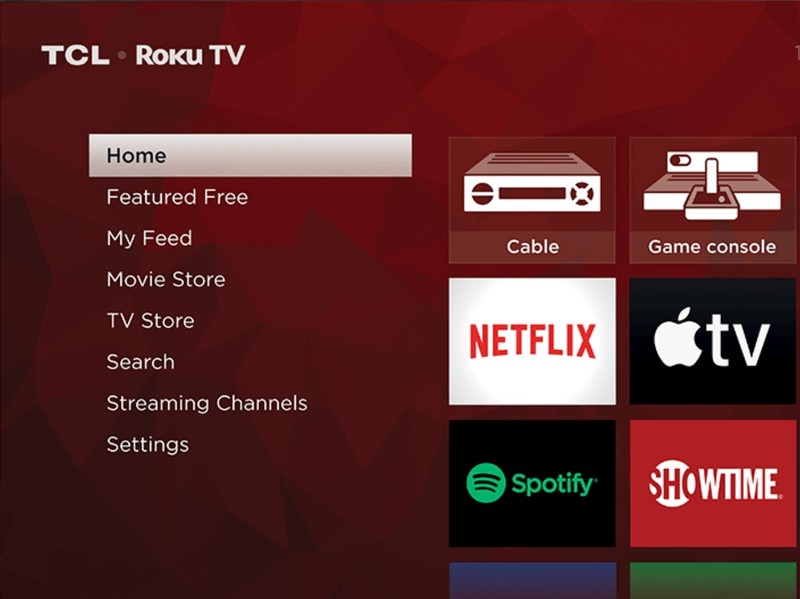
Roku and Android TV both take different approaches when it comes to their respective user interfaces. Considering that this is something you'll interact with every single time you use your TV, you must use one that works best for you.
When it comes to Roku, the priority is simplicity. Your main home screen shows a list of all the channels/apps you have installed, and you can navigate through other pages with the menu on the left.
- Featured Free: Featured content that you can watch on Roku for free.
- My Feed: Updates on any movies or TV shows you're interested in, such as when they're available for purchase or when they go on sale.
- Movie/TV Store: Quick access for buying or renting movies and TV shows.
- Search: Universal search to find a certain title across all of Roku's popular apps.
- Streaming Channels: Library of paid and free apps you can download to your Roku.
- Settings: Change your Roku's theme, adjust the time, control accessibility options, etc.
Roku's interface is straightforward to navigate and understand, but it's looking a bit dated these days. By contrast, Android TV benefits from a more modern interface that's still easy to navigate and is evolving with the transition to Google TV.
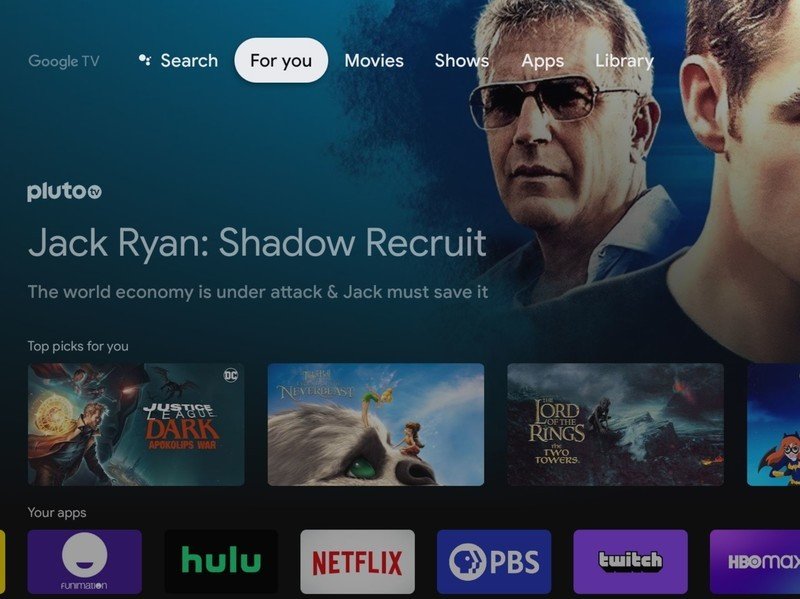
The updated Google TV interface runs on top of Android TV and aims to make the visual experience more intuitive. In addition to improving on the existing Google Knowledge Graph, the updated interface is divided into tabs that allow you to browse by movies, shows, apps or to access your library, which contains content you've purchased from the Google TV (previously Google Play Movies & TV) app. As of February 2021, the Google TV interface also now features the Apple TV app, which includes access to Apple TV+ and content previously purchased through Apple.
The interface you like best all comes down to personal preference, but Android TV/Google TV is the one that I think is the most pleasing to look at. I appreciate Google's work to make the home screen come to life with different content, rather than the static row of apps on Roku.
Android TV vs. Roku: Content

There used to be a big content discrepancy between Roku and Android TV, but in recent years, that gap has narrowed considerably to put both platforms on a relatively even playing field.
As of 2021, whether you use Roku or Android TV, you'll be able to download all of the popular streaming apps — including the likes of Netflix, Hulu, HBO Max, Hulu, Disney+, Movies Anywhere, Philo, etc. However, the Roku channel store features roughly 2000 smaller channels that you will likely never see on Android TV. Not all of them are good (some of them are quite bad, actually), but if you want access to the most content possible, Roku is the way to go.
It's also worth noting that Roku currently lacks an official Twitch app, while Android TV does. Additionally, you can use Android TV's built-in Chromecast feature to stream content from your computer or smartphone.
Android TV vs. Roku: Voice control
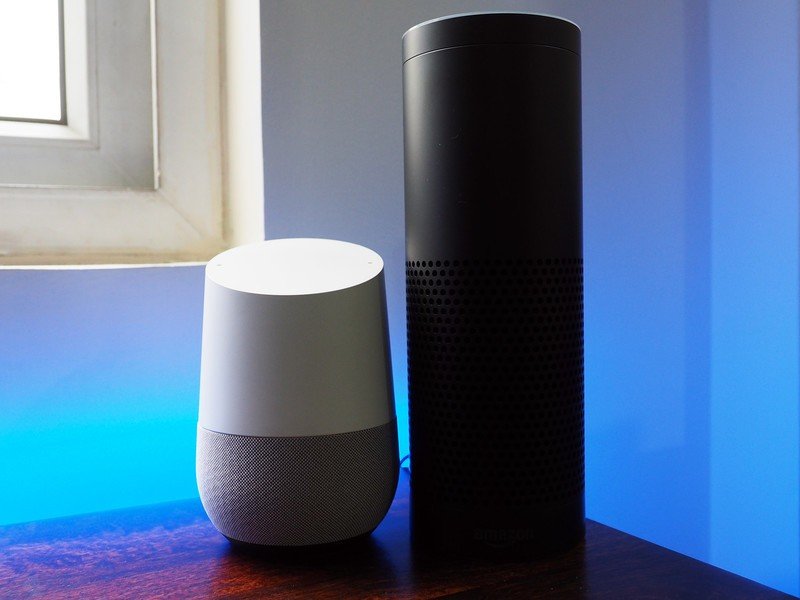
Roku added voice controls back in 2015, but not every box/TV comes with a remote that supports this out of the box. Most premium options do, but Roku also sells its Enhanced Voice Remote that supports voice search, so you can upgrade your current system after the fact. The remote, in particular, also allows you to power up your TV, adjust the volume, mute, and control your streaming all from the same device.
For the most part, Roku's voice feature works just fine. You can use it to find specific titles you're looking for, browse content from a certain actor or director, launch apps, and search genres within them, and more. Plus, if you have a Roku TV, you can use your voice to change inputs, go through different broadcast channels, and launch Roku's Smart Guide.
Google Assistant and Alexa support has helped Roku's voice control options, but Android TV still offers more functionality.
If you have an Alexa or Google Assistant speaker in your home, you can use that to control Roku, too. Alexa and Google Assistant integration for Roku is very similar, with each allowing you to use your voice for pausing/resuming what you're currently watching, launching apps, and searching for specific genres that are available across all of your apps/channels. However, not all features are supported via Alexa and Google Assistant. For example, you won't be able to check the weather or access your calendar events via Google Assistant.
Moving over to Android TV, the out-of-the-box voice control offering is leaps and bounds better than what Roku offers. Every Android TV box and television comes with a voice remote that allows you to talk to the Google Assistant. You can ask the Assistant to pause your show, open Netflix, and other media-specific things, but it goes far beyond that.
The Google Assistant you get on Android TV is the full-fledged Google Assistant experience, meaning you can use it to find out about the weather, look at any upcoming calendar appointments, control smart home devices, and more. It's light years ahead of Roku's built-in voice controls, and for some people, that'll make a big difference in your buying decision.
Lastly, it's worth pointing out that some Android TV devices also offer Alexa integration — the NVIDIA Shield and Sony televisions being prime examples.
Android TV vs. Roku: Bottom line
As you can see, both platforms are pretty much split down the board when it comes to their respective pros and cons. Roku has a broader selection of hardware and is the content king, but Android TV is the clear leader for its user interface and voice control features.
Because of this, the ultimate decision of which platform is best comes down to your personal preferences and use cases. If you want to have access to as many channels and apps as possible, like having a wide choice of compatible hardware, and prefer an interface that's simple to use at the expense of not looking flashy, Roku is a fantastic pick.
That being said, Android TV is still a great platform and is only getting better with the transition to the Google TV interface. This is especially true if you're invested in Google's services and get a lot of value out of powerful voice control.
No matter which one you choose, you can rest assured that you'll end up with one of the best ways to smarten up your living room.

Roku's most powerful streaming box to date.
The Roku Ultra is the streaming device to get if you prefer what the Roku platform brings to the table. 4K HDR streaming is on-board, as is a remote with a headphone jack for private listening and a function to sound an alarm if you lose track of it.

The best streaming box for Android TV.
The NVIDIA Shield TV is the best way to experience Android TV. It has powerful hardware, supports 4K HDR streaming, Dolby Atmos for immersive audio, and doubles as a great gaming machine. It is expensive, but the feature-set you're getting is unmatched.

Keegan Prosser is a freelance contributor based in the PNW. When she's not writing about her favorite streaming apps and devices for Android Central, she's listening to a true-crime podcast, creating the perfect playlist for her next road trip, and trying to figure out which fitness tracker she should try next. You can follow her on Twitter @keeganprosser.
